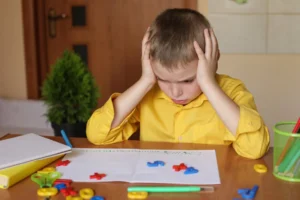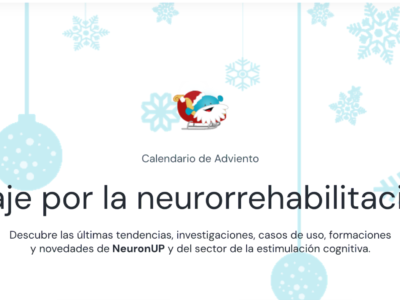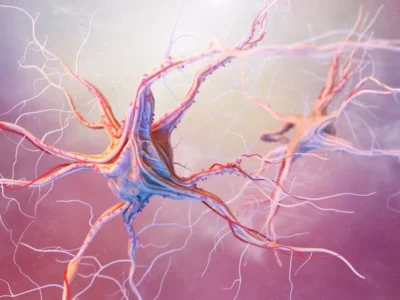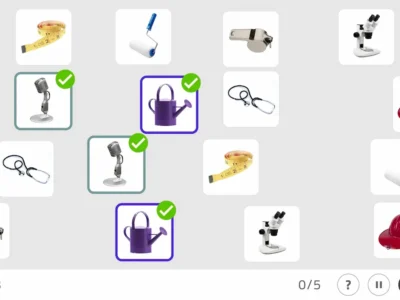Neuropsychologist Cristina Martínez explains the risk of developing conduct problems in people with ADHD.
What are conduct problems?
Conduct disorders or problems are one of the main reasons parents turn to healthcare professionals. They are characterized by being a serious, repetitive and persistent misbehavior. It goes far beyond “being a naughty child” or a “rebellious teenager.”
The most recent longitudinal studies show that children who exhibit symptoms of ADHD with hyperactivity have a higher risk of presenting conduct difficulties and/or disorders, as well as learning difficulties, substance abuse and self-harm in adolescence and adulthood.
ADHD is a disorder associated with high comorbidity, that is, it is common for another psychological disorder to coexist in the individual.
Likewise, studies indicate that between 40% and 60% of children diagnosed with ADHD will at some point in their lives have an Oppositional Defiant Disorder (ODD) in addition.
Studies indicate that between 1.5% and 3.4% of young people may suffer from this problem, being 3 to 5 times more frequent in boys than in girls.

Subscribe
to our
Newsletter
Oppositional Defiant Disorder (ODD)
It is a type of disorder listed in the DSM-V, within the so-called disruptive, impulse-control and conduct disorders.
ODD is defined as a pattern of anger/irritability, argument/defiant or vindictive behavior that is exhibited during interaction with at least one individual who is not a sibling.
The child argues and questions any order given to them, provoking both parents and teachers.
It is more common in boys than in girls.
Intermittent Explosive Disorder (IED)
Intermittent Explosive Disorder (IED) is a psychological disorder characterized by the presence of a sporadic pattern of aggressive, disproportionate behavioral reactivity without a clear motive or goal, causing serious disturbances or harm to the individual’s physical and social environment.
Conduct disorder
It is the most severe form of behavioral disorders, and up to 40% of children who suffer from Oppositional Defiant Disorder (ODD) may go on to develop it.
Conduct disorder manifests as a repetitive and persistent pattern of behavior in which the basic rights of others, age-appropriate social norms or rules are not respected.
It occurs later, usually in adolescence, when children, fed up with the continuous arguments with parents and teachers, choose to challenge everything. They do not respect the rights of others, and it can even lead to juvenile delinquency.
An intervention model for the treatment of conduct problems in children with ADHD
An effective intervention during treatment would consist of several steps.
Steps to follow in treatment:
- Psychoeducation. In this first step the important thing is that the child is aware of what is happening, and to explain to the parents the entire intervention process we are going to carry out with the child.
- Autogenic training. During this period the child will work on self-control techniques, in order to provide useful tools when facing problems that arise. Several can be chosen, adapting to the child’s developmental stage. We can use the turtle technique, the traffic light, the BOOM protocol, etc.
- Token economy. It is explained to both the child and the parents how this technique works; the child must understand very well what types of behaviors will be reinforced and what their reward will be if they achieve it.
It is important at this stage to explain to the parents the concept of “neurological ceiling.” This “ceiling” prevents children from being able to give appropriate responses in all cases. Low neurological maturity greatly hinders their ability to exhibit appropriate behaviors.
It is necessary to bear in mind that the cerebral cortex in a brain with ADHD often shows a maturational delay of more than two years.
It is unfair, but very common, that children with ADHD also develop some type of conduct problems. The good news is that this comorbidity disappears when they reach adulthood. However, the most effective way to prevent these disorders is regular observation of the child’s behavior, and at the slightest warning sign to consult a mental health specialist. Family involvement in these cases is essential for intervention with the child.
If you liked this article about ADHD and conduct problems, you may also be interested in these articles:
“This article has been translated. Link to the original article in Spanish:”
¿El TDAH aumenta el riesgo de desarrollar problemas de conducta?







 Conduct Problems and Preventive Methodologies
Conduct Problems and Preventive Methodologies
Leave a Reply